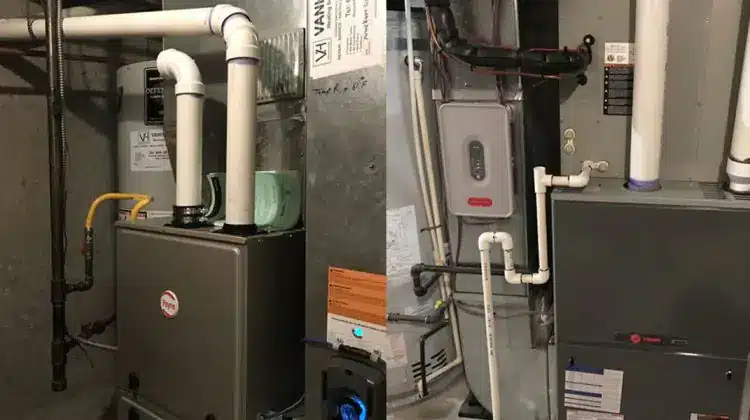A functional furnace is crucial for keeping your home warm and comfortable, especially during the colder months. However, like any appliance, furnaces can exhibit signs of wear and tear over time. Recognizing these signs is essential to ensure the efficiency and safety of your heating system. In this article, we will explore some clear indications that it may be time to invest in a new furnace.
1. Age of the Furnace:
The age of your furnace plays a significant role in its performance. Typically, furnaces have an average lifespan of 15-20 years. If your furnace is approaching or exceeding this mark, it may be time to consider replacing it with a newer model.
As furnaces age, their efficiency decreases, resulting in higher energy bills and poorer heating performance. In case your old furnace replacement in Cincinnati is necessary, you must hire trusted furnace installation services in Cincinnati to ensure a smooth transition from an old furnace to a new one.
2. Frequent Repairs:
Do you find yourself constantly calling technicians to repair your furnace? Experiencing frequent breakdowns and needing constant repairs indicates that your furnace has reached the end of its useful life. While occasional repairs are standard, if costly repairs become routine, replacing the entire unit may be more cost-effective in the long run.
3. Rising Energy Bills:
If you have noticed a steady increase in energy bills over the past heating seasons despite using similar or lesser amounts of heat, it could be due to an inefficient furnace. Older furnaces lose efficiency as they age, lacking modern technological advancements incorporated into newer models, such as improved insulation and energy-saving features.
4. Uneven Heating:
Are certain areas of your home consistently colder than others? Do you find yourself cranking up the heat only to have some rooms remain chilly while others become uncomfortably warm? Uneven heating throughout your home can indicate that your furnace struggles to distribute heat effectively. This problem can often point towards issues that may no longer be fixable, necessitating a new furnace installation.
5. Strange Noises:
Unusual noises from your furnace are a red flag that something is amiss. While some minor noises are expected during furnace operation, loud bangs, rattling, or screeching sounds should not be ignored. These noises may indicate mechanical problems like a damaged blower motor or worn-out components that could worsen over time and lead to costly repairs.
6. Discolored Pilot Light:
The pilot light on your furnace should burn with a consistent blue flame. If you notice the flame is flickering, if it appears yellow instead of blue, or if there are noticeable black soot marks around the burner and pilot light area, it’s crucial to have a professional inspect your system as soon as possible. Such issues can indicate incomplete combustion, which can result in hazardous carbon monoxide gas emissions.
7. Safety Concerns:
Older furnaces may pose potential safety risks. Furnaces that have not been adequately maintained or are reaching the end of their lifespan can increase the likelihood of carbon monoxide leaks or other hazardous situations. If you notice any unusual odors, soot accumulation, or signs of incomplete combustion, prioritize your safety and consider replacing your furnace immediately. Installing a new furnace that meets the latest safety standards will provide peace of mind for you and your family.
Conclusion:
When it comes to replacing your furnace, being proactive is vital. Recognizing the above signs ensures you don’t find yourself suddenly without heat in the middle of winter or facing potentially dangerous situations due to malfunctioning equipment. Suppose you notice multiple signs indicating that your furnace may need replacement. In that case, it’s advisable to consult an HVAC professional to assess the situation and guide you toward selecting an efficient and reliable new furnace for your home.
Wrapping Up
Remember, investing in a new furnace will provide better heating and save you money in the long run through improved energy efficiency and reduced repair costs. Don’t wait until your old furnace gives out ultimately – identify these signs and contact an HVAC specialist for guidance on finding a suitable replacement for your heating needs.




